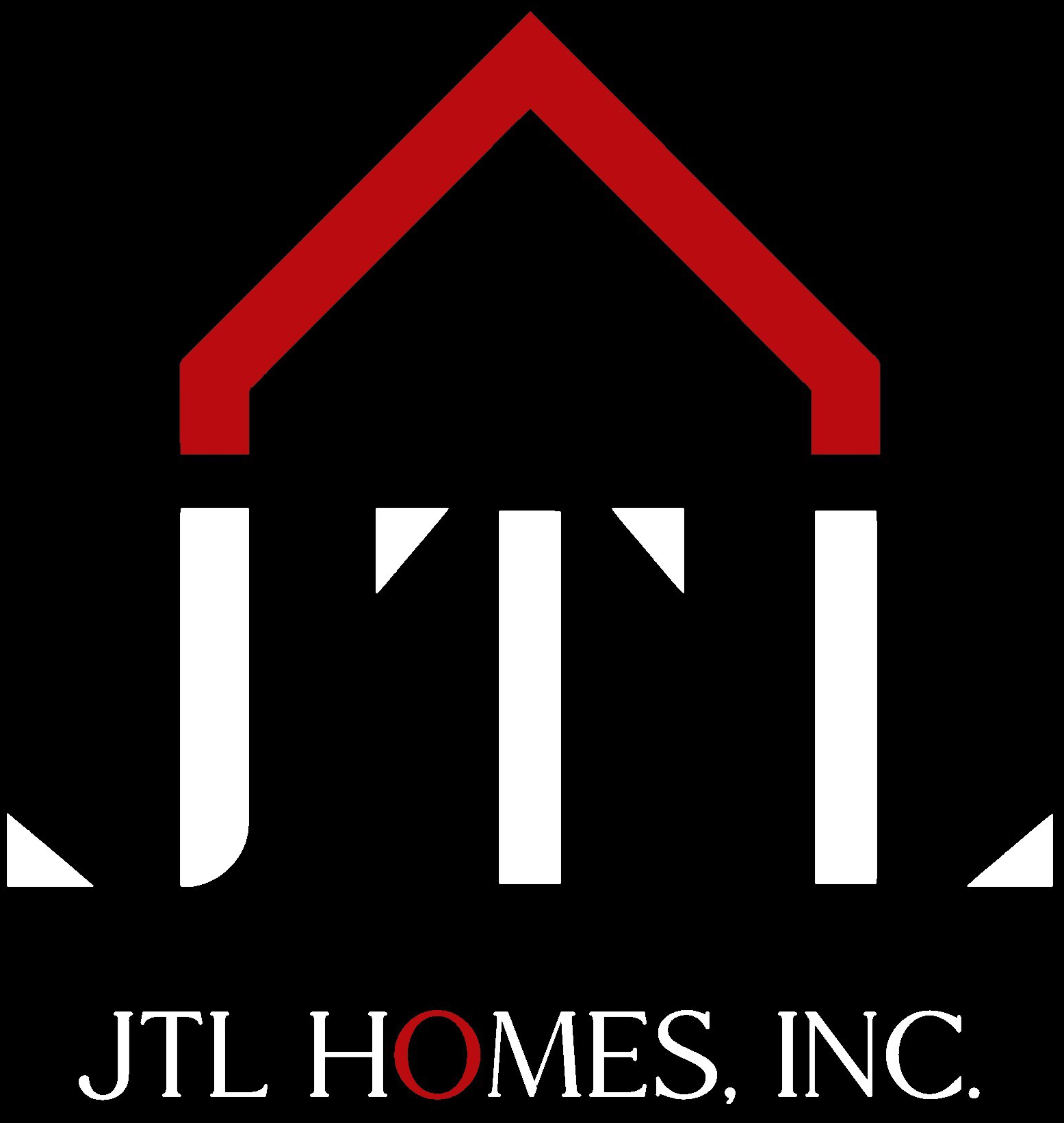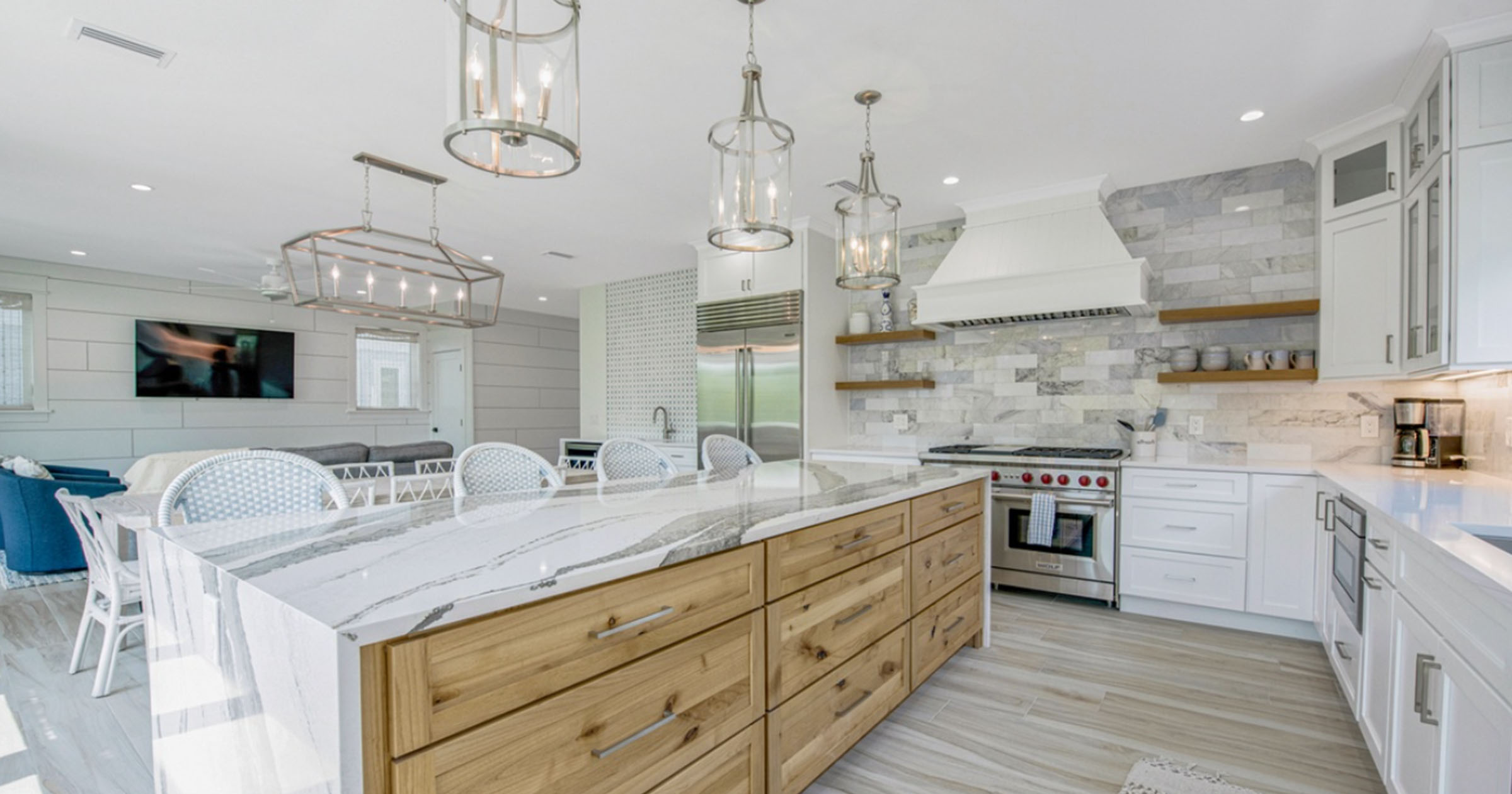
As luxury home design continues to evolve, 2025 introduces a fusion of innovation and intentionality. Southwest Florida’s discerning homeowners are seeking interiors that balance sustainability, wellness, technology, and timeless elegance. This year’s trends go beyond aesthetics—they reflect deeper lifestyle shifts toward wellness, personal expression, and environmental consciousness.
JTL Homes remains committed to integrating these design philosophies into every custom home, ensuring each space is as functional as it is breathtaking. Whether you’re planning a new build or refreshing your interiors, these 2025 trends will shape the future of luxury living.
Elevated Minimalism: Purpose Over Excess
Minimalism continues to influence high-end design, but the approach in 2025 is softer and more purposeful. Interiors feature clean architectural lines, but with tactile surfaces and warm neutrals that evoke a sense of calm. Gone are stark, cold spaces—instead, luxury homes are embracing a more curated and emotionally supportive environment.
Furniture serves dual purposes: hidden storage, modular layouts, and space-saving configurations. Design priorities include open sight lines, visual flow, and maximizing natural light. As noted by the National Kitchen and Bath Association, wellness-driven minimalism is being linked to reduced stress and improved mental clarity.
Rich Color Accents: Sophistication With Personality
While neutral bases still dominate, rich color accents are making an elegant return. Jewel tones like smoky garnet, moody emerald, and amber ochre are being used to ground rooms or energize otherwise muted palettes. According to Elle Décor’s 2025 forecast, layered color is being used more thoughtfully—applied to a single velvet accent chair, a textured wall, or sculptural lighting.
Rather than overt color blocking, designers are focusing on hues that deepen the character of a space. This subtle use of color adds complexity and intimacy, especially in spaces like home offices, libraries, and formal dining rooms.
Smart Interiors: Seamless and Invisible Tech
Luxury homeowners in 2025 expect smart functionality without sacrificing design integrity. Voice-controlled lighting, hidden speakers, and app-synced climate systems are no longer novelties—they are necessities.
Today’s smart homes emphasize integration. Lighting responds to circadian rhythms, kitchens include AI-supported appliances, and smart mirrors in primary bathrooms double as wellness hubs. As highlighted by Architectural Digest, design now prioritizes “invisible innovation,” where tech blends into cabinetry, fixtures, and architectural features without visual disruption.
Biophilic Design and Indoor Ecosystems
Connecting to nature remains a cornerstone of luxury design. In 2025, biophilic design expands beyond houseplants into full-scale indoor ecosystems. Think: living walls, natural water features, and organic materials that age gracefully.
Large-format windows that frame exterior views, skylights over staircases, and indoor gardens all help dissolve the boundary between indoors and outdoors. Studies from the Journal of Environmental Psychology continue to support that nature-inspired design enhances wellbeing, focus, and creativity—key goals in today’s residential architecture.
Sustainable, Story-Driven Materials
Material choices in 2025 reflect a growing desire for both beauty and responsibility. Homeowners are prioritizing reclaimed woods, low-VOC paints, bamboo, and recycled metals. Upholstery fabrics are shifting to organic and biodegradable blends like hemp, wool, and cotton-linen hybrids.
Beyond sustainability, materials are being selected for narrative. Slab marble with dramatic veining, handcrafted tiles, and vintage light fixtures all tell a story—bringing individuality and intentionality into each room.
JTL Homes incorporates these principles with material sourcing that favors longevity and environmental mindfulness, reducing the ecological footprint of every build.
Custom Wellness Spaces
As wellness becomes a household priority, dedicated wellness spaces are becoming staples of high-end design. Cold plunge tubs, infrared saunas, and meditation pods are being seamlessly integrated into private wings of the home. In Southwest Florida, screened wellness courtyards are becoming popular—blending spa-like tranquility with lush outdoor planting.
These spaces are designed to soothe. Acoustic insulation, diffused lighting, and non-toxic finishes create restorative environments that promote long-term health and relaxation.
Purpose-Built Personalization
Customization in 2025 goes deeper than cabinetry or finish palettes. Homeowners are creating spaces tailored to passions—wine cellars with immersive tasting stations, music studios with acoustic paneling, or reading rooms with custom millwork.
Rather than generic multipurpose rooms, layouts now include dedicated environments that reflect how a family actually lives. These design decisions result in homes that feel uniquely personal and emotionally grounded, further enhancing livability and value.
Connected Living Through Open Planning
Open-plan living remains relevant but is evolving. Instead of fully open concepts, homeowners are favoring “semi-connected” layouts that use architectural transitions—like archways, wide pocket doors, or dual-sided fireplaces—to divide spaces subtly.
This approach preserves the airiness of open planning while creating distinct functional zones. According to Houzz’s 2024 Renovation Trends Study, nearly 50% of homeowners are modifying interiors to better suit hybrid living, including integrated work, hosting, and quiet retreat.
Final Thoughts
Luxury interior design in 2025 centers around one word: intention. Every material, space, and system is chosen to enhance how a home feels and functions. Whether it’s embedded smart tech or sustainably sourced textiles, today’s trends reflect a holistic view of luxury—one that balances comfort, aesthetics, and long-term livability.
For homeowners building with JTL Homes, these trends serve as a design foundation, customized to suit each individual’s taste and lifestyle. The result is not just a beautiful home, but one that truly supports how people live—today, and well into the future.



